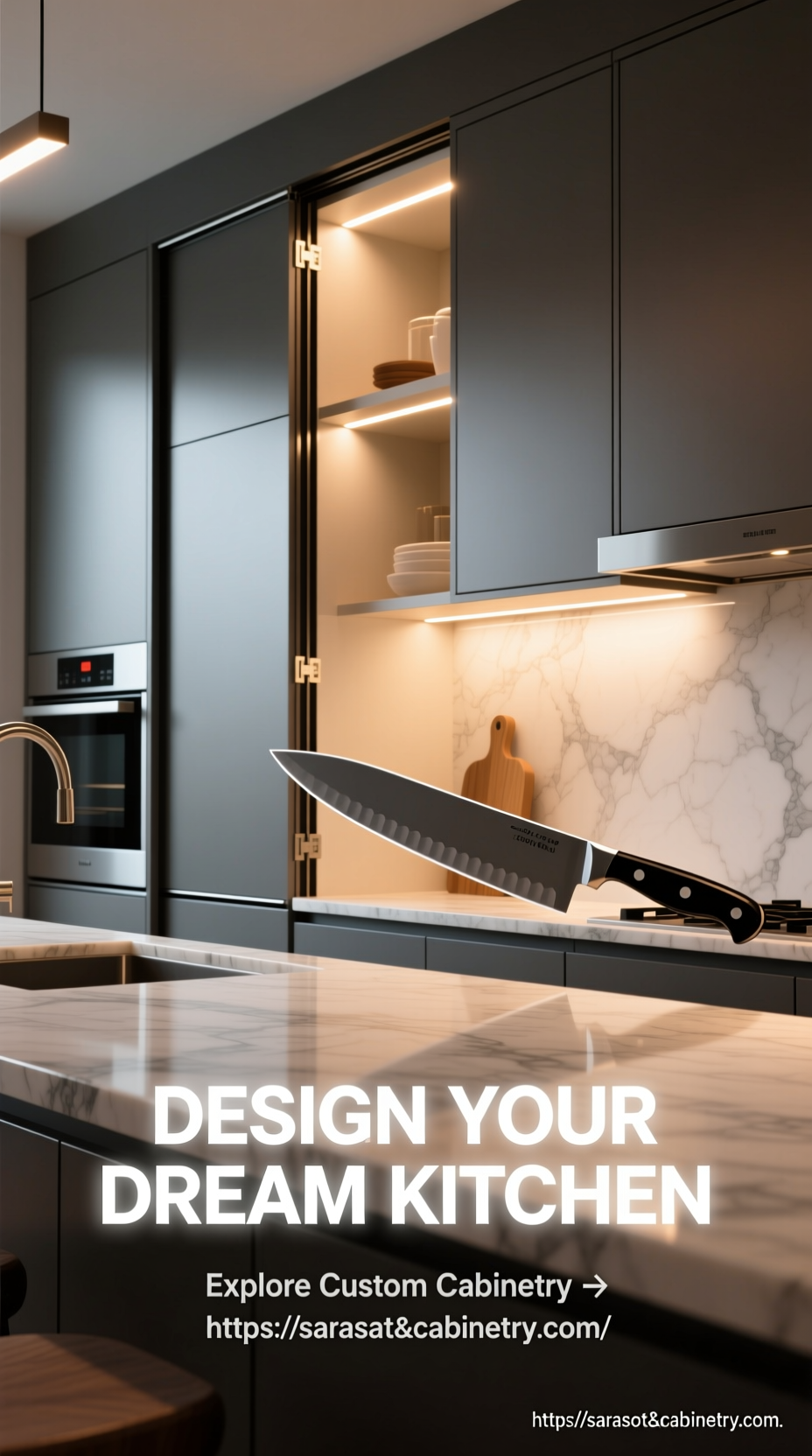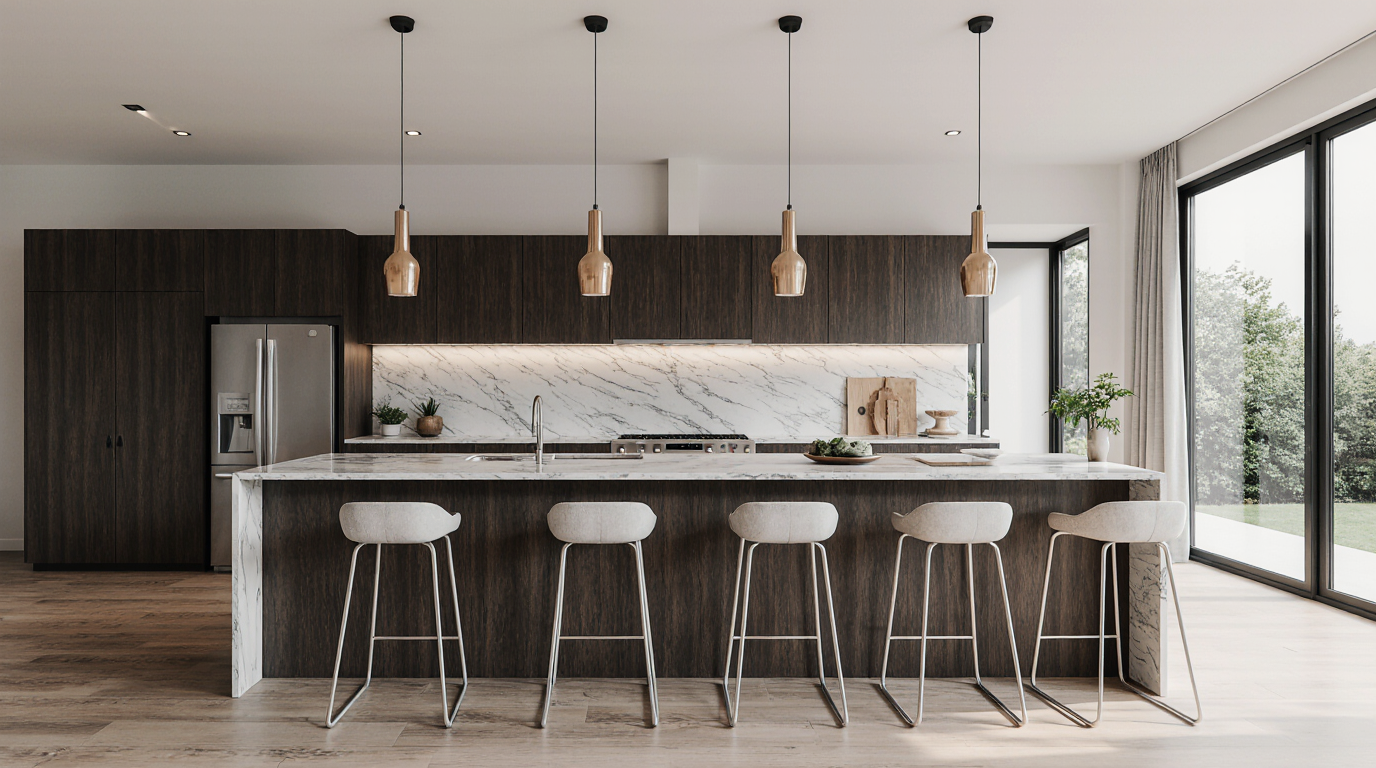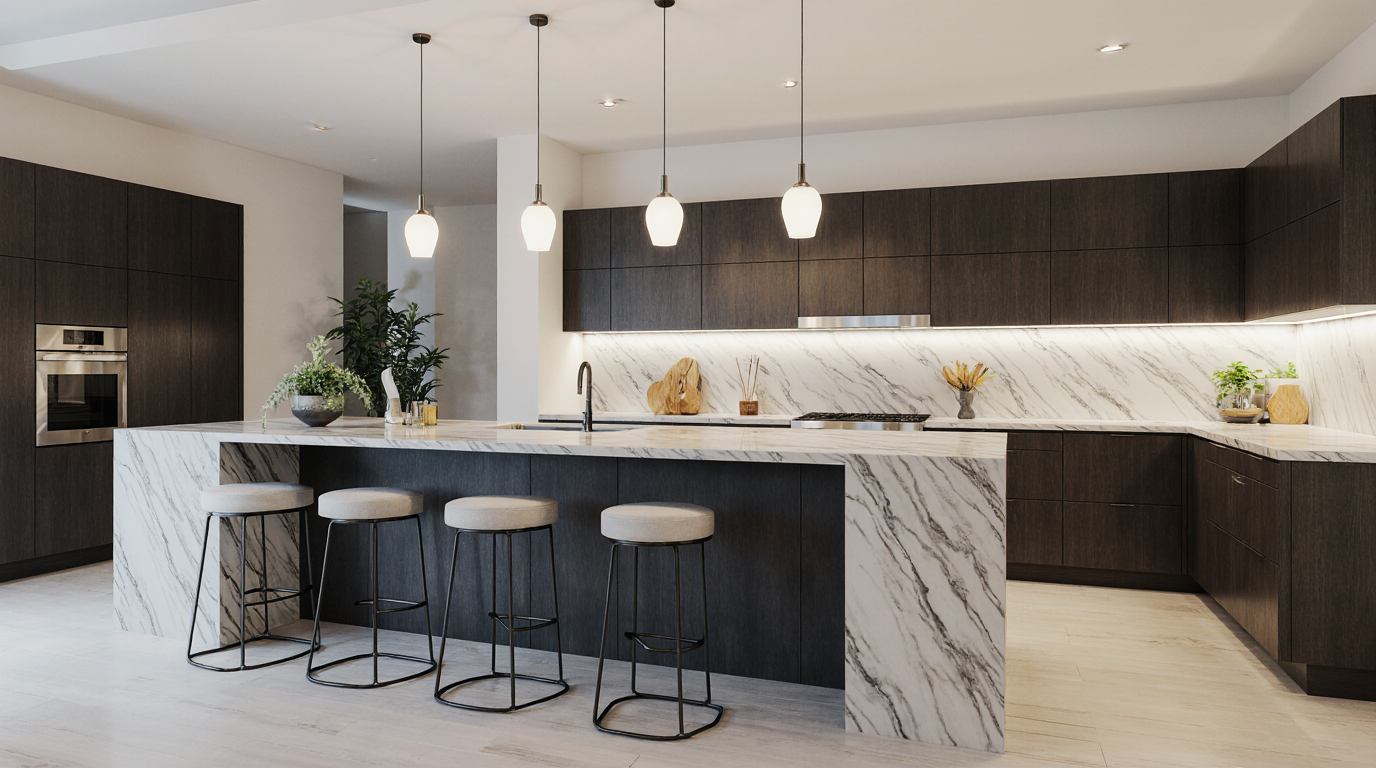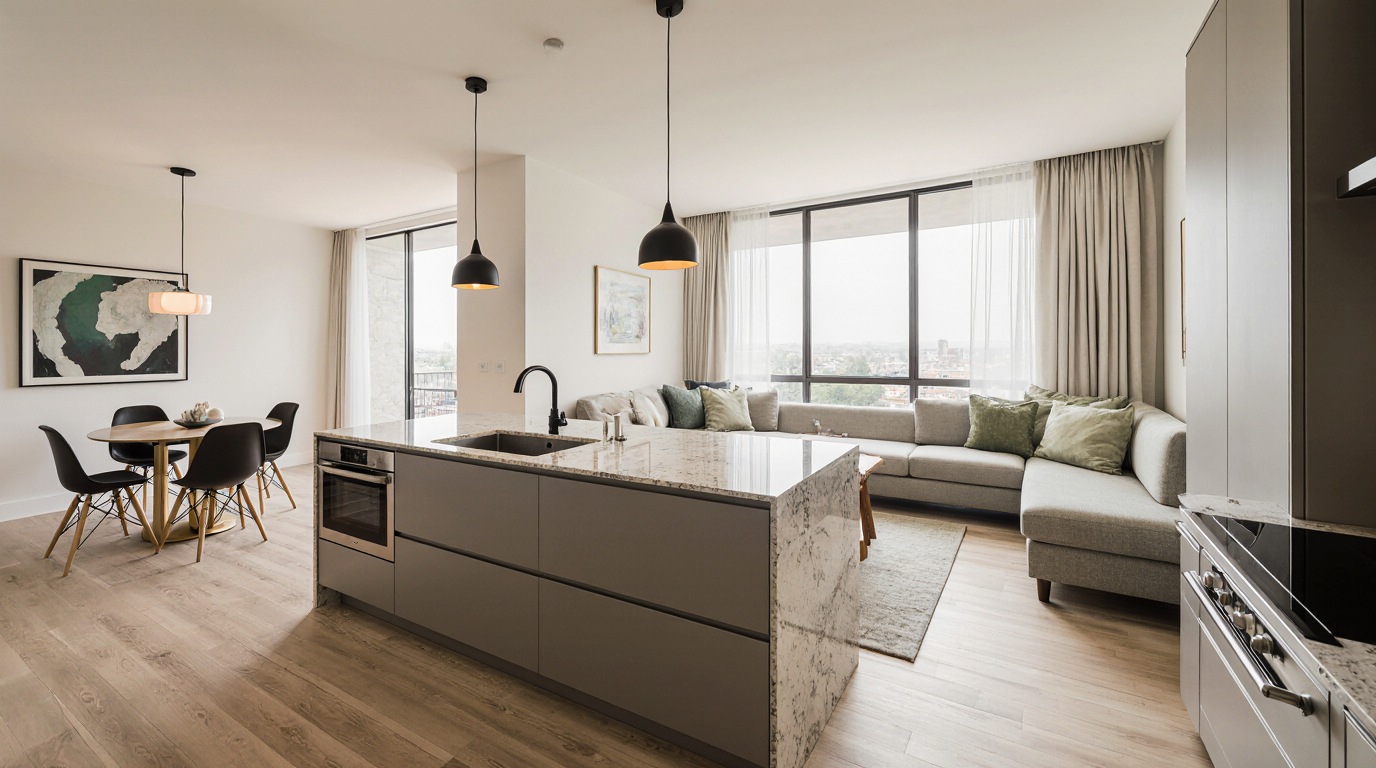Office Kitchen Design Sarasota County FL
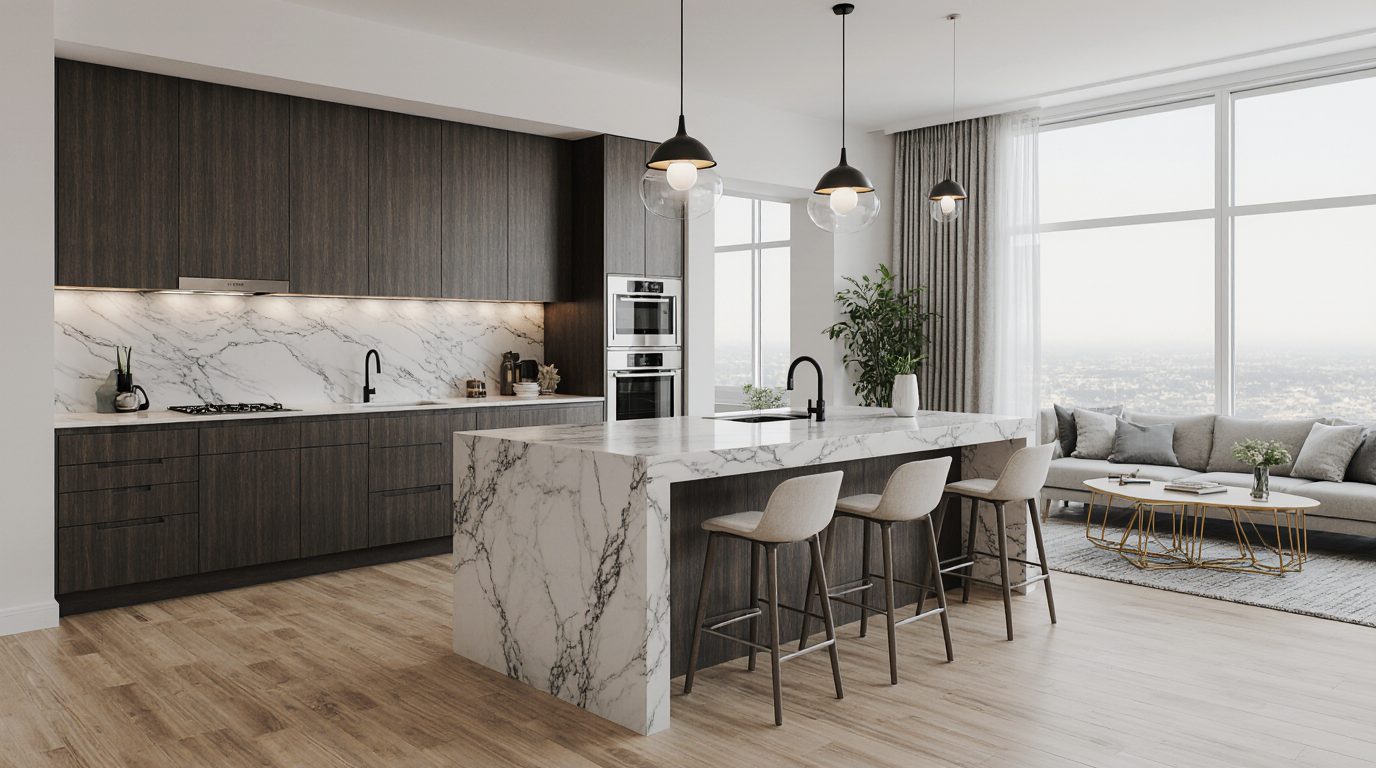
Modern Office Kitchen Design: Elevating Workspaces into Innovative Culinary Experiences
Creating a ultra-efficient and visually stunning office kitchen design is an essential element for modern workplaces. Today, companies recognize that the kitchen space is pivotal to employee engagement, productivity, and overall workplace satisfaction. A strategically crafted office kitchen can inspire teamwork, spark new ideas, and even enhance employee well-being. This strategy goes beyond the basic layout of cabinets and devices; it necessitates strategic foresight, human-centered design, and a deep understanding of how design influences daily routines.
A high-performing office kitchen harmonizes practical use with aesthetic excellence. Selecting durable and attractive surfaces is essential, as they must maintain integrity under constant use while maintaining a polished look. Surfaces like quartz, high-quality laminates, and premium finishes provide durability, low maintenance, and a premium aesthetic that enhances office ambiance. Using environmentally responsible materials not only improves durability but also aligns with eco-conscious corporate values, creating a space that team members enjoy interacting with. Thoughtful selection of cabinetry is equally important, as efficient storage solutions prevent clutter and make the kitchen easy to navigate, even during high-traffic periods.
Lighting plays a pivotal role in office kitchen design, shaping the atmosphere and efficiency. Combined lighting techniques—combining overhead ambient lights with task lighting under cabinets or above countertops—ensure that every area is well-illuminated. A proper lighting enhances comfort and clarity, making it welcoming for staff interactions, meal prep, and casual breaks. Integrating sunlight via glass features can further enhance the space, mitigating tension and improving mental health.
Ergonomics is another essential element of today’s workplace culinary spaces. Counter heights, appliance placement, and seating arrangements must cater to diverse user needs. Flexible configurations allow personalized comfort, while strategically placed sinks, dishwashers, and coffee machines streamline kitchen workflows. Human-centered layouts boost productivity and minimize strain, supporting the well-being of the workforce. Comfortable seating options, such as stools or small dining areas, encourage employees to take breaks and interact, strengthening team bonds.
Technology integration transforms kitchens into intelligent work hubs. Appliances with smart controls, energy-efficient refrigerators, and touchless faucets improve convenience and hygiene. Smart systems enable tracking, maintenance alerts, and energy savings. Subtle tech enhancements transform everyday tasks into effortless processes, making the kitchen a centralized, efficient, and interactive environment.
Acoustic considerations are often overlooked but are crucial in office kitchen design. Auditory distractions from equipment and social interactions may interfere with work. Acoustic panels, ceiling treatments, and floor coverings mitigate sound, creating a calm space that doesn’t interfere with adjacent work areas. This enables comfortable kitchen use without affecting productivity.
Color schemes and design aesthetics significantly influence the atmosphere of an office kitchen. Thoughtful use of color balances calmness with stimulation. Psychological effects of color subtly impact mood and interaction. A harmonious visual language strengthens brand presence and team cohesion.
Spatial planning is key to efficient circulation and adaptive use. A thoughtfully arranged spaces support high traffic and easy movement. Islands, open shelving, and strategically placed counters contribute to a sense of openness and encourage interaction. For smaller offices, compact designs that maximize vertical storage and multi-functional surfaces can create the illusion of space while maintaining full functionality. Planning the kitchen around peak usage times, such as morning coffee breaks or lunchtime, ensures efficiency and convenience for everyone.
Attention to detail sets apart remarkable designs from ordinary setups. Careful additions including composting stations, planters, and quality utensils enrich functionality and aesthetics. Interactive stations and health-focused amenities improve satisfaction and lifestyle. Subtle finishes and hardware convey attention to detail and sophistication.
Sustainability is increasingly a priority in office kitchen design. Sustainable installations minimize footprint and enhance efficiency. Additionally, favoring eco-friendly materials influences staff behavior positively. Green kitchen design not only benefits the planet but also aligns with the values of employees, enhancing corporate reputation and workplace satisfaction.
Office culinary spaces mirror corporate vision and team focus. By focusing on functionality, aesthetics, ergonomics, technology, and sustainability, businesses can create a space that acts as both utility and interaction zone. Well-crafted kitchens boost satisfaction, foster teamwork, and increase commitment. The carefully executed kitchens convert basic areas into innovative, social, and supportive hubs, making it an critical feature of employee-centric office planning.
Meticulous planning shows kitchens influence more than meals, shaping culture and efficiency; it is a dynamic environment driving efficiency, well-being, and corporate ethos. Investing in intelligent kitchen spaces reflects care for employee wellness and progressive corporate values. Strategically designed kitchens leave enduring positive impact, showcasing dedication to excellence and modernity.

